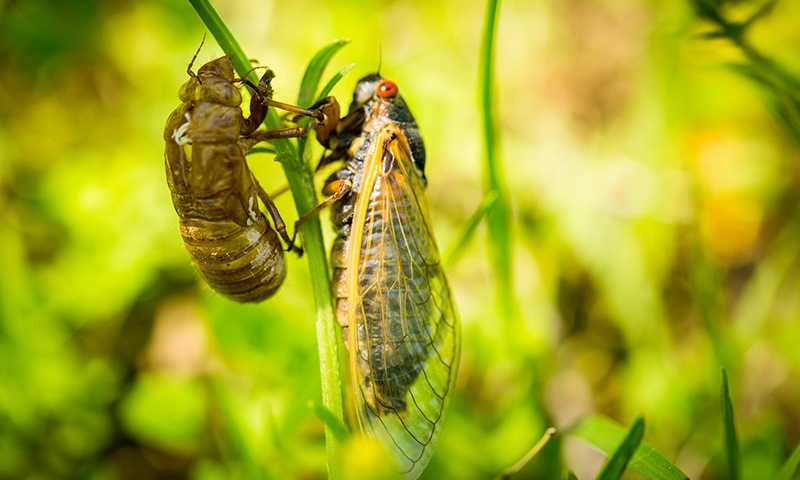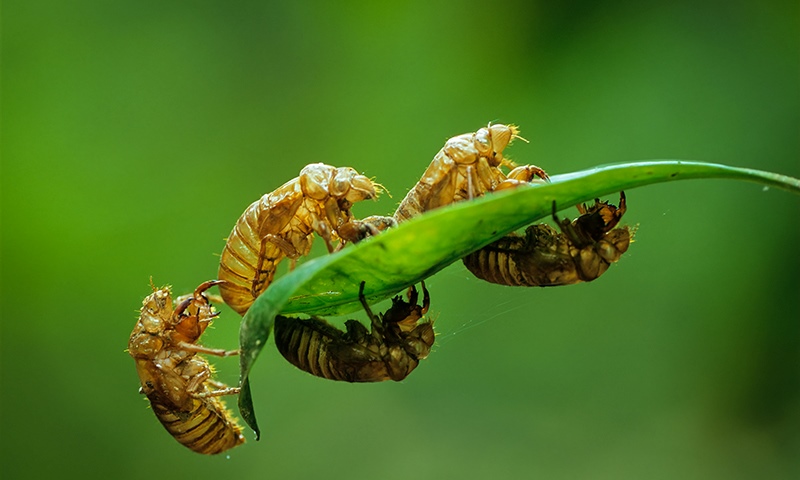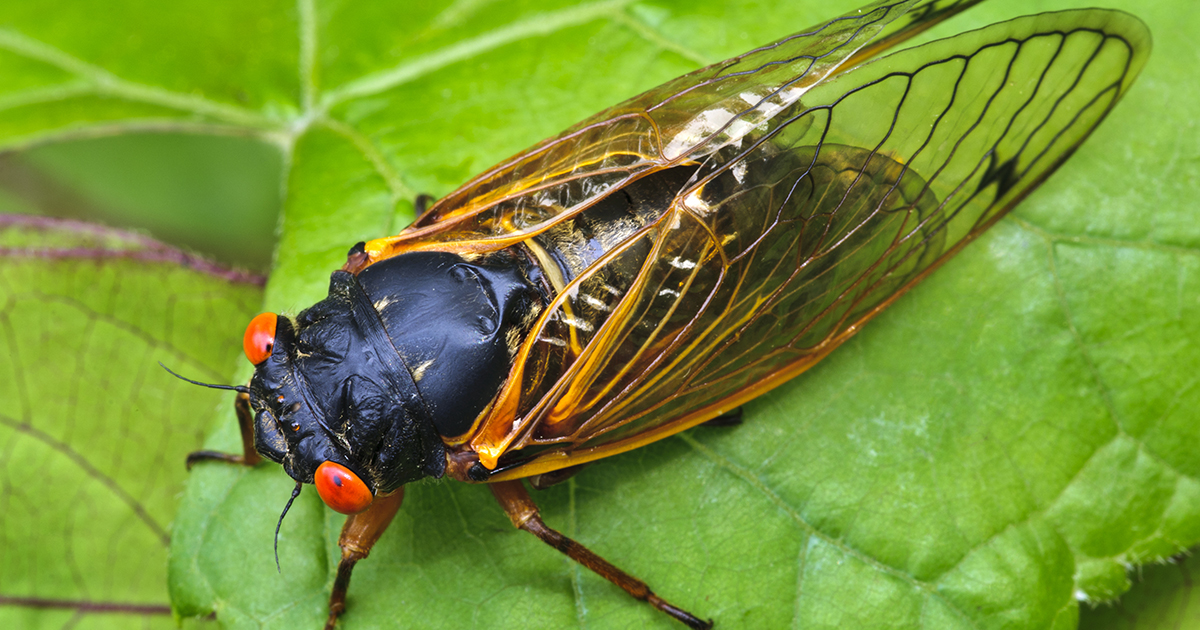How to Kill Cicadas and Reclaim Your Yard
With winter in your rearview mirror, spring and summer are your time to shine outdoors. From backyard ball to neighborhood barbecues and family get-togethers, warm weather provides the perfect backdrop to show off your yard and lawn. But when nuisance cicadas come on the scene, your lofty plans can go askew.
Cicada disruptions start in late spring and early summer. Some years, the sheer numbers of these pests boggle the mind. Suddenly, your favorite outdoor spaces are covered in cicadas in various stages of molting, leaving their empty exoskeletons clinging everywhere.
Mating only makes things worse. Their loud calls can drown out normal conversations — and forget about afternoon hammock naps or a good night's sleep. To add to the upheaval, these pests can also damage trees, shrubs and other plants in your landscape.
But don't despair! By understanding these pests and taking action, you can protect your space against disruptive cicadas, reclaim your yard and get back to what you really want to do.

Adult periodical cicadas emerge from their exoskeletons in a final molt.
Nuisance Cicada Life Stages
Cicadas start life as eggs, but nymphs are usually the first stage to attract attention. These immature insects spend their lives feeding on plant roots underground. They go through several stages until it's time to crawl out and become adults.
Cicadas mature in regular cycles. Annual cicadas, also known as dog-day harvestflies or dog-day cicadas, live two to five years before they mature. They usually show up in small numbers during hot, humid, mid-to-late summer "dog days." Large regional broods of periodical cicadas mature in cycles of 13 or 17 years, emerging on schedule in late spring to early summer.
Cicada nymphs come out of the soil as wingless, dark brown insects with a shell-like exoskeleton and large claw-like front legs. The wingless nymphs cling to whatever they choose and go through a final molt. The exoskeleton splits, and a winged adult crawls out, unable to fly until its wings dry and harden.
Adult cicada species differ, but they all look similar. Periodical cicadas have black bodies usually less than an inch in length. Their large, buggy, orange-red eyes match their orange-veined wings. Annual cicadas are stockier and longer. They have green-black bodies and wings with green veins. Wings on both types of cicadas are two to three times longer than their bodies.

Cicada exoskeletons still cling to lawns and surfaces long after adults move on.
Cicada Disruptions and Damage
Some years, cicadas appear intermittently. But other years, these nuisance pests invade in staggering swarms. When they do, they litter yards with molting debris, damage plants, and put people and pets on edge.
Some years, like 2024, set new standards for cicada disruptions. When some of the country's largest periodical cicada broods mature in unison, estimates exceed one million cicadas per acre in certain spots. Every one-in-million leaves a clinging exoskeleton behind.
When this happens, those exoskeletons cover walls and trees, patios and tables, walkways and even cars. Add the din of mating cicadas, and "nuisance pest" is redefined. Cicada calls can hit 100 decibels and be heard a mile and a half away. Once they mate and reproduce, they die. In some regions, homeowners keep snow shovels handy to clear the debris.
Plants are at risk for damage anytime insects feed on plant roots. This is especially true for young or newly planted plants still settling in. But root-feeding nymphs aren't the primary offender when it comes to cicada damage. That title goes to adult female cicadas when they lay their eggs.
Female cicadas have a knife-like ovipositor, the organ they use to lay their eggs. With mating complete, they cut slits into small twigs and branches and deposit their eggs inside. Injured branches and twigs droop, turn brown and die. The eggs inside hatch in six to 10 weeks, nymphs drop to ground level, start munching on underground roots, and the whole cycle starts all over again.

Cicadas slit twigs open to lay their eggs, leaving injured plants behind.
Protection Against Nuisance Cicadas
When cicadas threaten to ruin your plans and the outdoor spaces you enjoy, you can meet them head-on. Amdro® products can help you protect your property against disruptions and damage when nuisance cicadas come.
Effective cicada control begins in late spring, as periodical cicadas start their advance. With Amdro Quick Kill® Insect Killer for Lawn & Landscape Ready To Spray and Amdro Quick Kill® Insect Killer for Lawn & Landscape Concentrate, you can kill annual and periodical cicadas and get same-day control before they disrupt your home and reproduce.
Amdro Quick Kill Insect Killer for Lawn & Landscape Ready To Spray attaches directly to a regular garden hose and measures and mixes the concentrated product for you automatically as you spray. Cover plant leaves and stems completely, paying close attention to smaller branches and twigs where female cicadas may lay eggs.
If controlling the measuring and mixing is more your style, turn to Amdro Quick Kill Insect Killer for Lawn & Landscape Concentrate. Use the handy measuring cap and dilute the concentrate according to label instructions in your pump-style sprayer or watering can.
These effective insect killers work in minutes to kill existing cicadas by contact. Then they keep your lawn and landscape protected from new cicadas and more than 500 listed pests for up to three months.* With Amdro brand on your side, you can reclaim your space, stop nuisance cicadas in their tracks, and get back to your family and friends — and your yard.
* Except fire ants, fleas, ticks, mosquitoes.
Always read product labels thoroughly and follow instructions, including guidelines for listed plants and pests.
Amdro and Amdro Quick Kill are registered trademarks of Central Garden & Pet Company.


